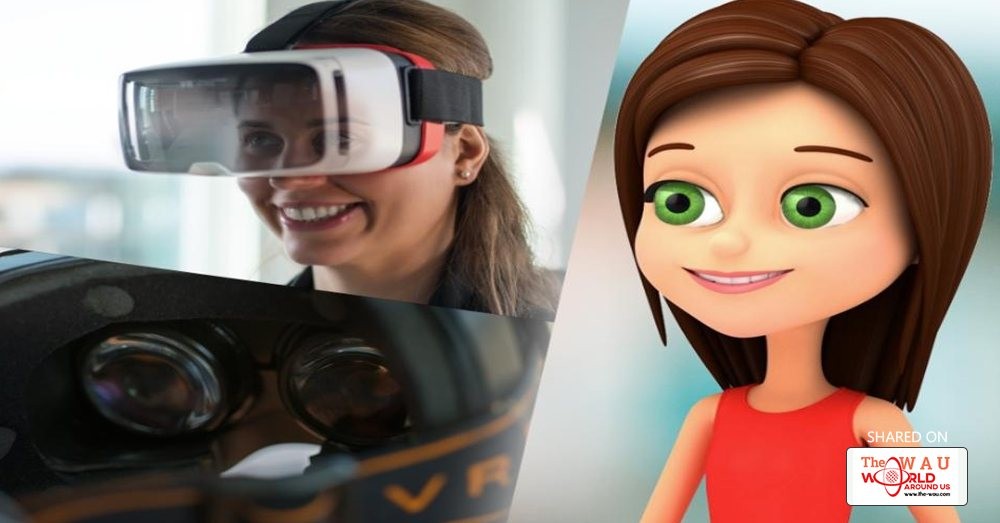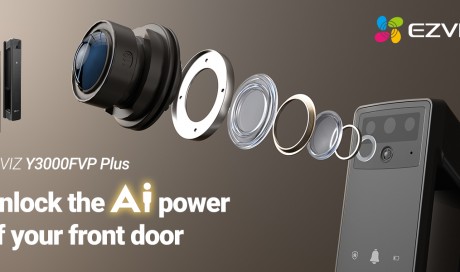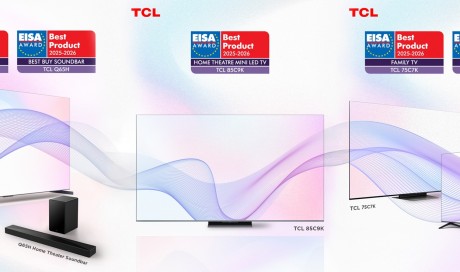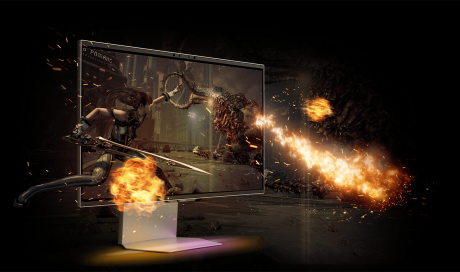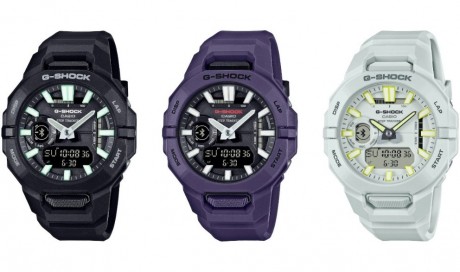With its latest innovation, the Swiss-founded technology firm MindMaze hopes to bring a gentler and more emotive touch to virtual reality as we know it, all thanks to some surprisingly soft hardware.
Launched today, MASK is a foam-based insert that allows VR headset users to show emotion by reproducing their facial expressions through virtual avatars, and in real time (or technically, MindMaze says, slightly ahead of it). According to the company, the product is the first to employ biosignalling methods for translating human facial expressions, rather than the face-facing camera setups explored by Google and others.
Representing a combination of hardware and software, the system uses foam electrodes set into a foam base to measure electrical impulses in the skin which creating and, for MASK's purposes, help identify our facial expressions. By detecting those impulses while they're delivering messages to our muscles, the system is also reportedly able to mimic users' expressions on their in-game avatars before they've actually formed that smile or frown in real life.
MASK's ability to so quickly represent our feelings depends on its flexible form and the learning algorithm contained in its software. Because the foam insert for VR headsets can conform users' unique facial shapes, its embedded channels are able to accurately detect electrical signals being sent down from the brain. Based on a new or return user's impulses, MASK is then able to predict the proper emotion with an individually tailoring learning algorithm and reproduce that emotion in avatar form just ahead of the body's own schedule.

In order to make the technology available to a wide range of users, MindMaze also designed the inexpensive headset insert to be both adaptable and scale-able for all VR systems. In testing MASK, the team has already employed the foam insert successfully with Google Daydream, Oculus Rift, HTC Vive and OSVR headsets, among others, and hopes to work with game, app, and hardware developers interested in helping foster an (ideally) industry-wide compatibility.
According to founder and CEO Tej Tadi, being able to integrate real human emotion into virtual reality could offer a huge boost for the gamut of content developers. “For the industry to progress, all experiences, but especially those in transmedia VR, have to improve. Until now it’s been stunted by the lack of quality, immersive content," he commented in a release. "MASK brings emotion, the ultimate driver of engagement, with the goal of evolving VR beyond novelty and into the mainstream.”
Tadi explained via Skype that the technology also offers numerous benefits beyond a more exciting, reactive gaming experience, or enhanced marketing opportunities. Noting MindMaze's background expertise in biosignalling technology for the healthcare industry, Tadi said that both MASK's facial feedback data and its long-distance capabilities allow for various therapeutic applications.
For children working to overcome the social challenges of autism, for example, Tadi said the technology could help kids as they practice recognizing emotional cues in others, and returning them. "We're already experimented with using a 'virtual sandbox' with some patients," he said. "Kids can join from home, or from the clinic, and interact with one another while seeing their parents' avatars making the same expressions they do."

Such practice with facial expressions could similarly be helpful for aphasia patients who've suffered a loss in their ability to understand and communicate through speech, as following a stroke, Tadi said. "For all kinds of treatment, it would also enable patients who meet with doctors remotely to see their therapist's facial expression, and make it a more engaging experience," he added.
Overall, providing widespread access to the emotionally savvy tech has been the primary goal for Tadi and his team. "That's the reason we wanted to do this," he said. "To be able to bridge consumer technology and license into all existing headsets, which can expand both its medical component and consumer access."
Share This Post

